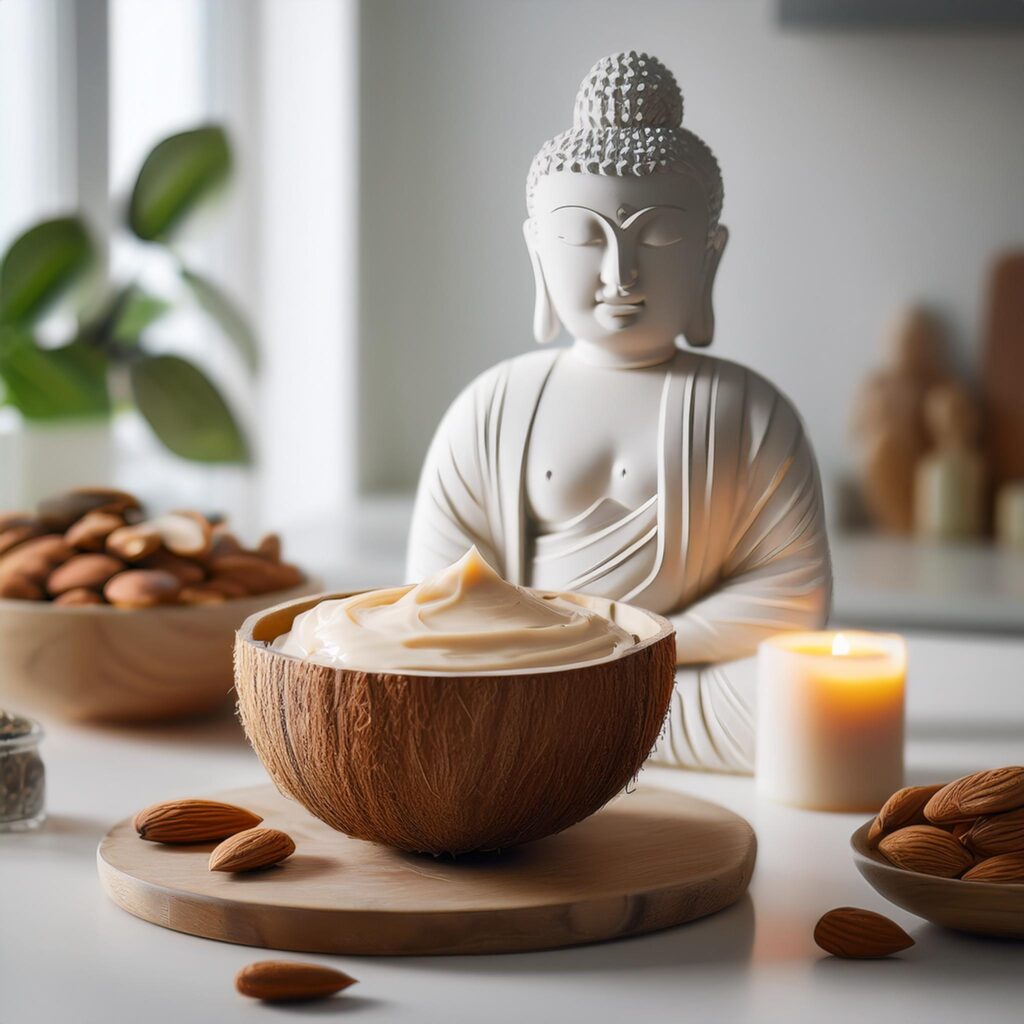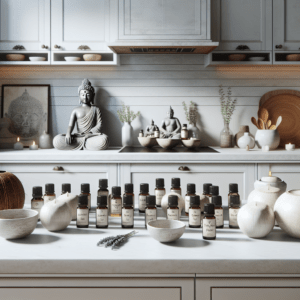How to design a peaceful and mindful environment.
Our surroundings can greatly impact our mindfulness practice. This post offers suggestions for creating a calm, mindful space at home that supports relaxation and meditation.
Creating a Mindful Space at Home
In today’s fast-paced world, finding moments of peace and stillness can feel like a luxury. Between work, family responsibilities, and the constant buzz of notifications, it’s easy to feel overwhelmed. That’s why creating a mindful space at home—a sanctuary where you can relax, recharge, and reconnect with yourself—is so important. The good news? You don’t need a lot of space, money, or time to make this happen. With a little intention and creativity, you can carve out a peaceful corner that nurtures your mind, body, and soul.
What Is a Mindful Space?
A mindful space is a dedicated area in your home designed to promote calmness and focus. It’s a place where you can meditate, journal, practice yoga, or simply sit quietly and breathe. This space doesn’t have to be large or fancy; it just needs to feel inviting and free from distractions. Think of it as your personal retreat—a place you can step into when life feels chaotic.
Why Create a Mindful Space?
Having a mindful space at home offers several benefits:
- Reduces Stress: Stepping into a calm environment helps signal your brain to relax and let go of tension.
- Improves Focus: A dedicated area for mindfulness practices can help you stay consistent and deepen your practice.
- Encourages Self-Care: By prioritizing a space for yourself, you’re making self-care a regular part of your routine.
- Enhances Well-Being: Spending even a few minutes in a peaceful environment can boost your mood and overall mental health.
Steps to Create Your Mindful Space
Ready to create your own mindful haven? Here’s how to get started:
1. Choose the Right Spot
Look for an area in your home that feels quiet and comfortable. It could be a corner of your bedroom, a nook in your living room, or even a spot on your balcony. Ideally, this space should be free from distractions like loud noises or heavy foot traffic. Natural light is a bonus, but not a necessity—soft lighting works just as well.
2. Declutter the Space
Clutter can be overstimulating and make it harder to relax. Clear the area of unnecessary items and keep only what serves a purpose or brings you joy. A clean, minimalist space sets the stage for mindfulness.
3. Add Comfortable Seating
Whether it’s a cozy chair, a floor cushion, or a yoga mat, choose seating that feels comfortable for you. If you plan to meditate or stretch in this space, make sure it supports your posture and allows you to feel at ease.
4. Incorporate Calming Elements
Bring in items that promote relaxation and mindfulness. Some ideas include:
- Plants: Greenery adds life and freshness to your space.
- Candles or Incense: Soft scents like lavender or sandalwood can help create a calming atmosphere.
- Blankets or Throws: A soft blanket can make the space feel extra cozy.
- Crystals or Stones: If you’re drawn to crystals, consider adding ones like amethyst or rose quartz for their soothing energy.
5. Personalize It
Your mindful space should reflect your personality and preferences. Add personal touches like artwork, photos, or meaningful objects that inspire you. This will make the space feel uniquely yours.
6. Consider Sound
Sound plays a big role in creating a tranquil environment. You might enjoy soft instrumental music, nature sounds like ocean waves or birdsong, or complete silence. A small speaker or white noise machine can help set the tone.
7. Keep It Simple
Remember, less is more when it comes to mindfulness. Avoid overcrowding the space with too many decorations or distractions. The goal is to create an environment that feels open and uncluttered.
How to Use Your Mindful Space
Once your space is ready, it’s time to make the most of it! Here are some ways you can use your mindful corner:
- Meditation: Sit quietly and focus on your breath or use guided meditations to center yourself.
- Journaling: Reflect on your thoughts and feelings by writing them down in a journal.
- Reading: Dive into books that inspire or relax you—whether it’s poetry, self-help, or fiction.
- Yoga or Stretching: Use the space for gentle movement to release tension from your body.
- Breathing Exercises: Practice deep breathing techniques to calm your mind and body.
The key is consistency—even just five minutes a day in this space can make a difference in how you feel.
Maintaining Your Mindful Space
To keep your mindful space feeling fresh and inviting, take time to maintain it regularly:
- Tidy Up: Keep the area clean and organized so it remains a stress-free zone.
- Switch Things Up: Rotate decorations or add new elements to keep the space inspiring.
- Protect Its Purpose: Avoid using the area for non-mindful activities like working or watching TV. This will help preserve its calming energy.
Final Thoughts
Creating a mindful space at home is an act of self-love and care. It’s about carving out a little corner of peace in the midst of life’s chaos—a place where you can pause, breathe, and reconnect with yourself. Remember, there’s no right or wrong way to design your space; what matters most is that it feels comforting and supportive to you.
So grab a cushion, light a candle, and let your new mindful sanctuary become your go-to escape whenever you need it most. You deserve this little slice of serenity!




